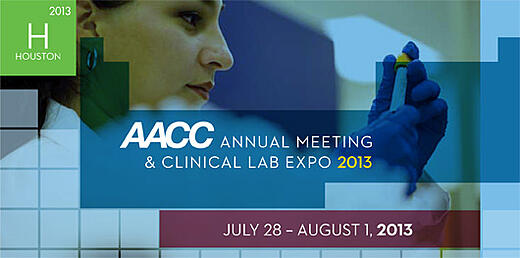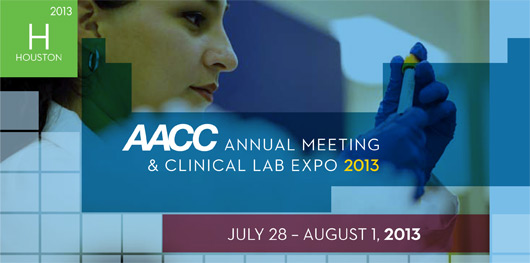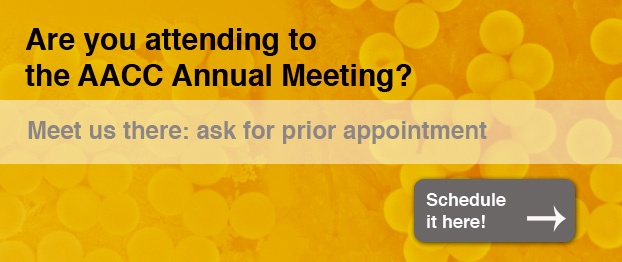At the end of the month (July 28-August 1) Houston will host the AACC 2013 Annual Meeting, which includes the Clinical Lab Expo. The organizers claim that Clinical Lab Expo is the largest in the World. I am not in a position to endorse or refute this claim, but even if it is true, it is irrelevant from the perspective of the magnetic beads supply chain.
I have been attending trade shows worldwide promoting Sepmag Biomagnetic Separation Systems (AACC, BIO, BIOTECH Japan, MEDICA, CACLP) as well as scientific meetings such as the bi-annual International Conference on Scientific and Clinical Applications of Magnetic Carriers.
These events can be divided into three broad categories:
-
Large events attended by IVD companies and their suppliers
-
Specialized events focusing on magnetic particles and beads.
-
Large Biotechnology events
Given that the main use of magnetic beads is currently Chemiluminescence Immunoassays, Clinical Lab Exhibitions are an opportunity to meet with most of the agents involved. They are regular opportunities to have discussions with magnetic beads producers, large IVD manufacturers and start-ups with new ideas and approaches. If you are in magnetic beads business, this is where you should be, exhibiting if possible, but not necessarily. Even if you do not have a stand you can set a good meeting agenda if you do your homework before the event. However, even though there are plenty of international visitors, these Trade Shows are quite ‘local’ and most of the business is focused on the region: North America for AACC, Europe for MEDICA, Japan for JCCS and China for CACLP. For the Asian expos, I strongly recommend you have people fluent in the local languages on your team.

For more academic discussions, new applications and products focused on research institutions, specialized meetings are a good option. Even if the number of attendees is small (in comparison to the Large Clinical Chemistry expos), all of them work with magnetic beads and particles. As places for sharing ideas, scientific partnership and/or dissemination of new tools and equipment, these are a good choice. As well as the standard ‘International Conference on Scientific and Clinical Applications of Magnetic Carriers’ (2014 will be the 10th Edition), there are several new meetings, such as 'Frontiers in BioMagnetic Particles'.
The last category comprises ‘BIG’ biotechnology events, such as BIO (or its equivalent, BIOtech Japan). These meetings are good dissemination events, especially for showcasing new technologies to a wider audience. Even if short-term payback in terms of sales is doubtful, these are very good starting points for entering new markets by gaining visibility among a wider industry (not just IVD) and for making contact with local distributors who go along in search of new products.
Coming back to the title of the post, Sepmag is less interested in the size of the trade show than in the number of magnetic beads players attending. Most probably, the vast majority of those attending the AACC are more interested in end-products (kits, analyzers, diagnostic techniques). However, a small fraction is likely to be working on Immunoassays, Molecular Diagnostic, Cell isolation and Protein Purification using biomagnetic separation. The challenge is, therefore, for the different players in the magnetic beads supply chain to make our presence felt.
We will be back at the Clinical Lab Expo this year. If you work with magnetic beads, don’t miss this opportunity to discuss how our systems can help you to scale up and validate the biomagnetic separation process. Feel free to visit us on stand 4169 (Percorso) or ask for an appointment (just click the button).
Lluis M. Martinez
SEPMAG, CSO




